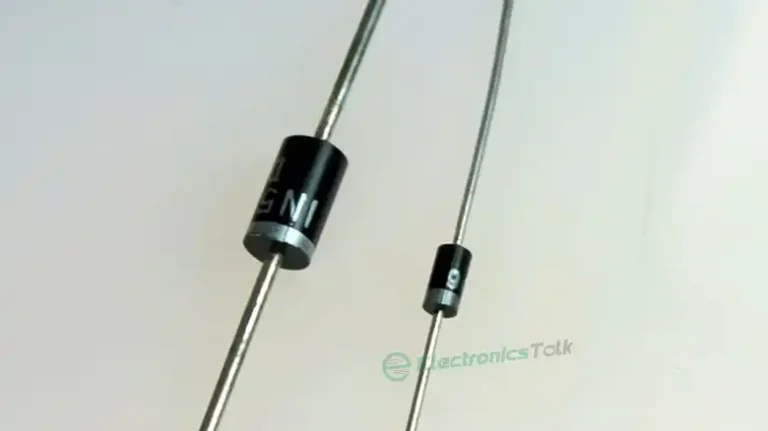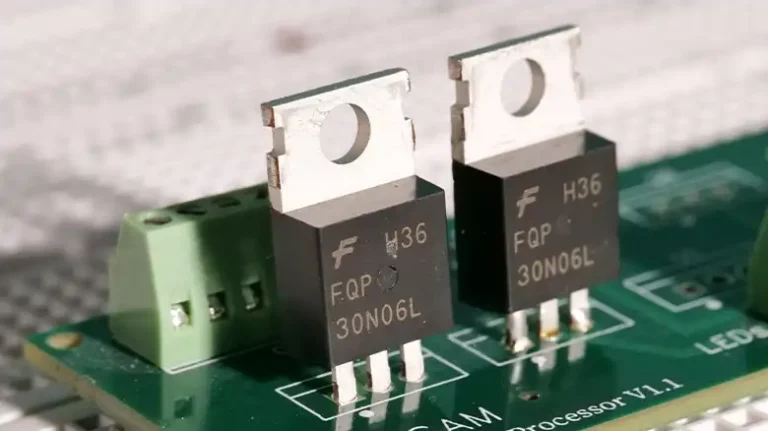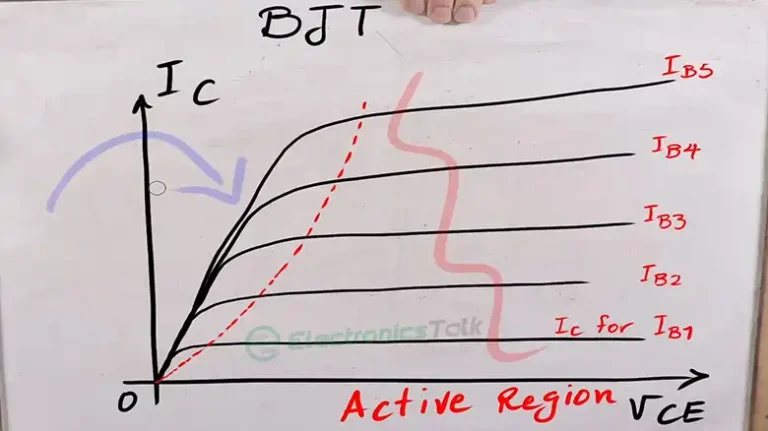Can I Use 1n4007 Instead of 1n4003? Technically Explained
In many applications, a 1N4007 diode can be used in place of a 1N4003 diode. The greater voltage rating of the 1N4007 should not, however, interfere with other components in the circuit if you’re replacing a 1N4003 with it in a circuit.
The only significant difference between the 1N4003 and 1N4007 is their peak reverse voltage ratings. The 1N4007 is useful in most circuits since it can sustain a greater reverse voltage at 1000 V. The reverse voltage of the 1N4003 is just 200 V, which is significantly less.
Difference Between 1n4007 and 1n4003 Diode
The maximum voltage rating of the 1N4007 is higher than that of the 1N400x series diodes since it is a better-rated version of those devices. Both the 1N4007 and the 1N4003 are frequently utilized as all-purpose rectifier diodes. Despite their obvious similarities, they differ in a few significant ways. The specifications of 1n4007 and 1n4003 are given below.
1. 1N4007 | At A Glance
Maximum Reverse Voltage: 1000V
Peak Forward Surge Current: 30A
Reverse Recovery Time: 30μs
Maximum Forward Voltage Drop: 1.1V at 1A
Average Forward Current: 1A
2. 1N4003 | Specs
Maximum Reverse Voltage: 200V
Reverse Recovery Time: 30μs
Peak Forward Surge Current: 30A
Maximum Forward Voltage Drop: 1.1V at 1A
Average Forward Current: 1A
Fig. 1: Datasheet of 1n400x diodes
3. Rated Voltage
The 1N4003 can securely handle voltages up to 200 volts in reverse bias because of its 200-volt maximum voltage rating. The 1N4007, on the other hand, can withstand larger voltage levels without breaking down thanks to its higher maximum voltage rating of 1000 volts.
4. Current Rating
The maximum average forward current rating for the 1N4007 and 1N4003 diodes is 1 amp (1A). As a result, they may carry up to 1A of continuous forward current without failing to meet standards. Overcurrent can cause the diode to overheat and perhaps fail if the current flowing through it exceeds its rating.
5. Reverse Recovery Time
When the polarity of the voltage across a diode is reversed, the reverse recovery time describes how long it takes for the diode to go from the conducting state to the non-conducting state.
In other words, it gauges how quickly the diode can shut off in response to a change in voltage polarity. In comparison to quick recovery diodes, the reverse recovery times of the 1N4007 and 1N4003 diodes are both quite slow. The 1N4007 often takes a little bit longer to reverse recover than the 1N4003, though.
Are There Any Safety Measures to Take While Swapping a 1n4003 for a 1n4007?
Make sure that the 1N4007’s higher voltage rating won’t interfere with other components in the circuit when replacing a 1N4003 with it. As the 1N4007 has a larger physical package (DO-41) than the 1N4003, take that in mind as well. As a result, you might need to make sure it will fit properly on the circuit board or at the intended mounting place.
Last Words
The 1N4003 diode can typically be replaced by the 1N4007 diode. However, it’s crucial to take into account the 1N4007’s higher maximum voltage rating and make sure it won’t interfere with other parts of the circuit. To ensure correct compatibility and operation in your circuit, always consult the datasheets and specifications supplied by the manufacturer.




![Can I Use 1N4007 Instead of 1N5408? [Characteristics Compared]](https://www.electronicstalk.org/wp-content/uploads/2023/07/Can-I-Use-1N4007-Instead-of-1N5408-768x431.webp)

